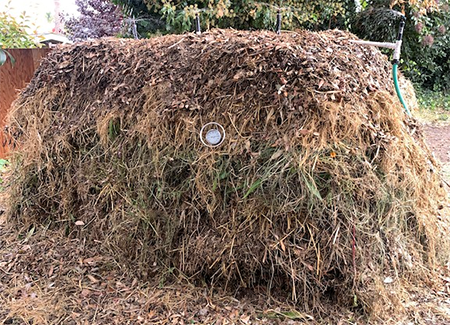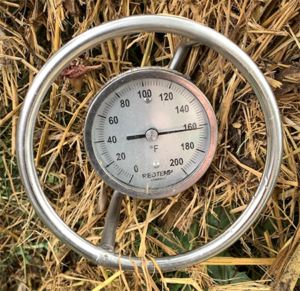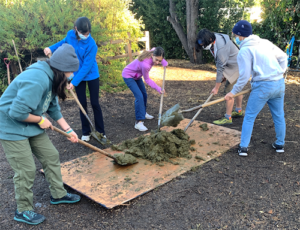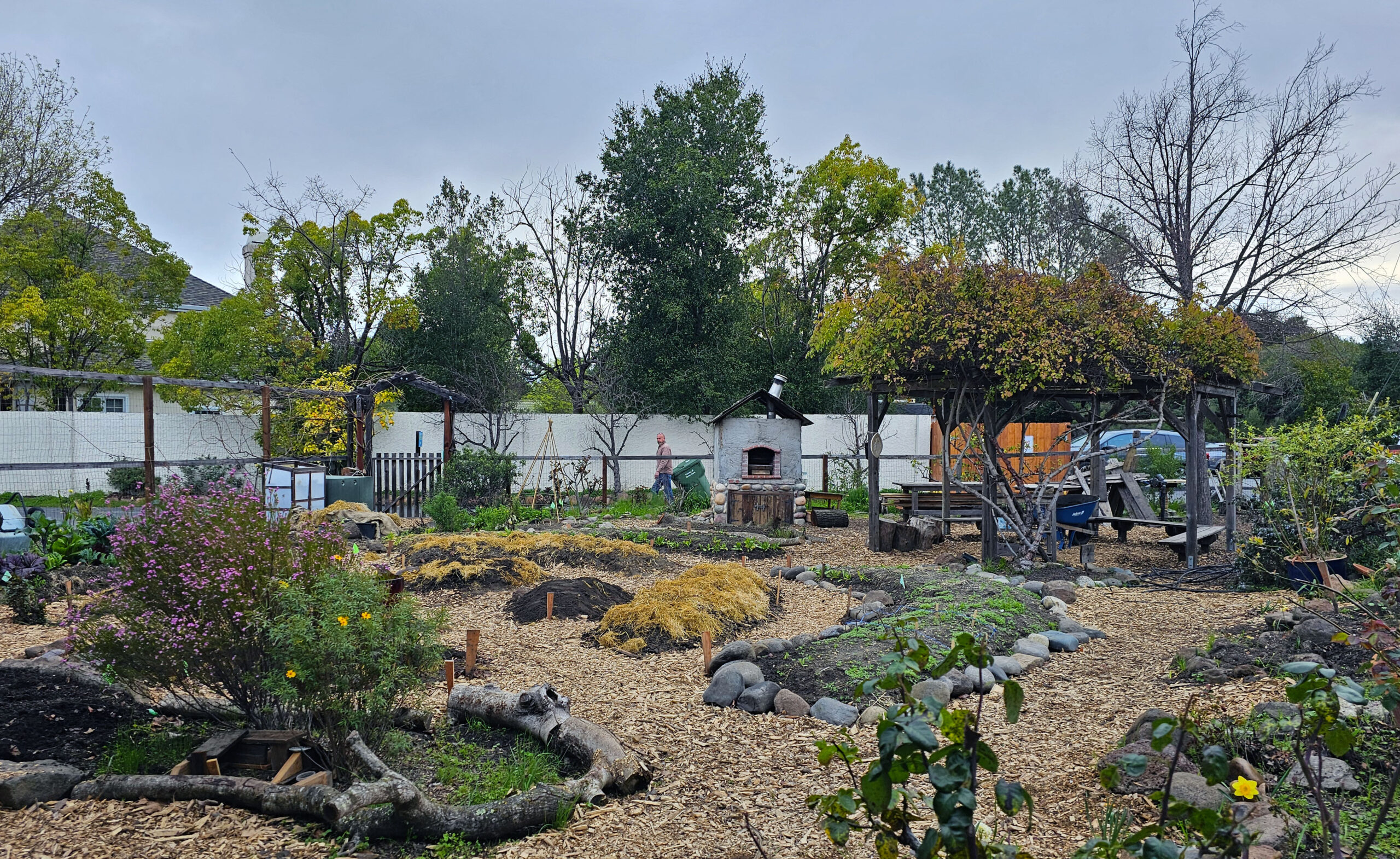
Cultivating Community: The Transformation of Our Los Altos Campus Garden
by Melanie Ingler | Communications Coordinator
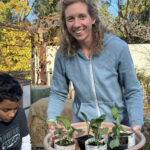 Amidst the hustle and bustle of Silicon Valley, the serene oasis of our beloved garden lies on our Los Altos campus. Our garden is an important part of the curriculum, as well as a community space, regularly used by our students, teachers, and parents. Frequent campus visitors may have noticed a lot of changes in the garden over the last couple of years. Our gardening teacher Claire has taken hold of the project with a clear vision, determination, and a whole lot of hard work. I recently had the opportunity to sit down with Claire to uncover the journey behind this transformation.
Amidst the hustle and bustle of Silicon Valley, the serene oasis of our beloved garden lies on our Los Altos campus. Our garden is an important part of the curriculum, as well as a community space, regularly used by our students, teachers, and parents. Frequent campus visitors may have noticed a lot of changes in the garden over the last couple of years. Our gardening teacher Claire has taken hold of the project with a clear vision, determination, and a whole lot of hard work. I recently had the opportunity to sit down with Claire to uncover the journey behind this transformation.
It began with the realization that our older garden boxes were falling apart, prompting the need for a fresh start. However, after removing the boxes, instead of rushing into action, Claire took a step back to reflect on what the garden and our community truly needed. It was a moment of pause and contemplation to ensure that our efforts would be meaningful and sustainable in the long run.
One of the pressing issues Claire identified was the soil quality – predominantly clay, causing it to dry out quickly, especially during the dry and hot summer months despite having irrigation. It was clear that a fundamental change was needed to address this challenge. WSP parent Nienke had previously suggested the concept of Hügelkultur to Claire, at a time when implementation of such a concept was not possible due to the garden’s layout. However, after removing the boxes Claire revisited the idea and saw its potential to revolutionize our soil management. The Hügelkultur approach involved removing cubic yards of clay soil and replacing it with logs, compost, and topsoil. This innovative method will not only help the garden retain moisture but also improve soil fertility, laying a solid foundation for future growth.
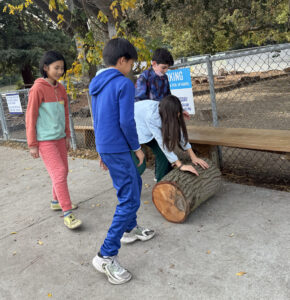
Claire envisioned the garden as more than just a space for plants and her classes – she wanted it to be a venue for healing and community, which is another big change. Drawing inspiration from San Diego State University’s Healing Garden, she incorporated a circuitous walking route, providing teachers and students with a tranquil space to walk for reflection. She felt it is important to create an environment where everyone feels welcome. The clear delineation of planting areas and walking paths will help keep the plants safe from feet.
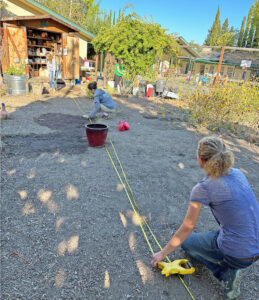
None of these remarkable changes would be possible without the hard work of her gardening students and our dedicated WSP parent volunteers. During the Wednesday morning and weekend Family Garden Work Days, the helpers have rolled up their sleeves and worked tirelessly alongside Claire, turning her vision into reality. Their contribution goes beyond mere assistance – it’s a beautiful expression of community spirit, and Claire is filled with gratitude.
As the garden’s transformation continues to unfold, there remains a need for additional support. Wednesday Volunteer mornings are still available to sign up for in Konstella, and Claire wants to make sure that all parents know they are welcome, regardless of which campus their child attends. She also seeks assistance in building structures and undertaking painting projects, offering a diverse range of tasks beyond traditional gardening duties.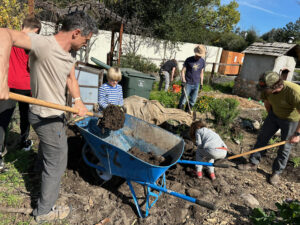
Our campus garden stands as a testament to the power of vision, collaboration, and community. Under Claire’s guidance, it has blossomed into a vibrant, inclusive space where nature thrives, and bonds are forged. As we continue to nurture and cultivate our garden, let us remember that its beauty lies not only in its blooms but in the collective effort and passion that sustains it. Thank you to Claire for leading this vision, our garden volunteers, and to our Los Altos campus grades students for creating this beautiful space for the WSP community.

